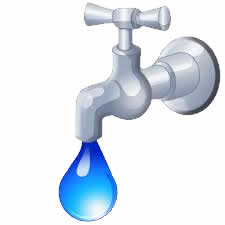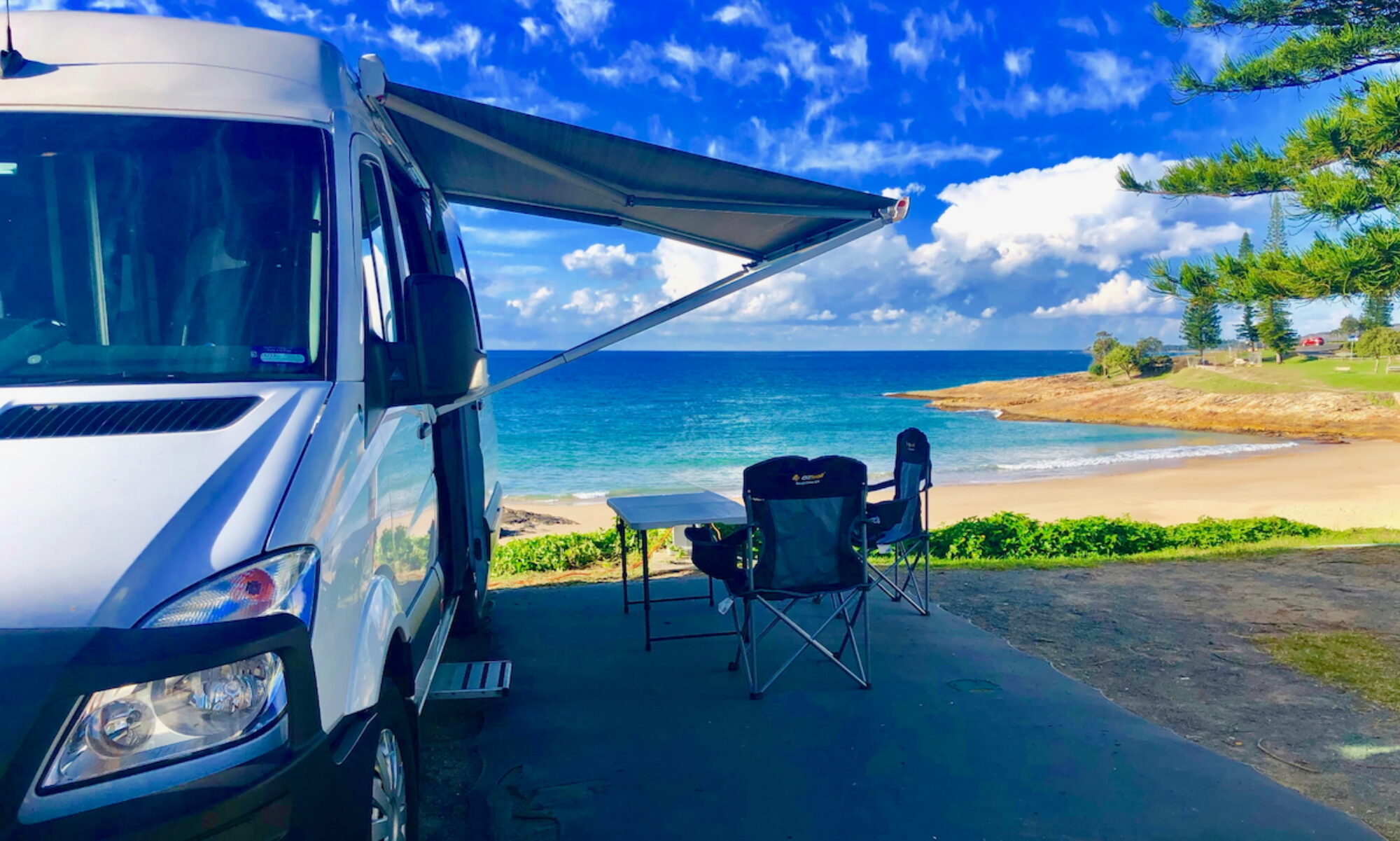 When campfire discussions turn to free-camping – and being able to survive for weeks at a time ‘off the grid’ – most people immediately think of battery capacity, solar panels, and keeping the fridge running.
When campfire discussions turn to free-camping – and being able to survive for weeks at a time ‘off the grid’ – most people immediately think of battery capacity, solar panels, and keeping the fridge running.
These days, however, a sustainable off-grid 12V electricity supply is relatively easy to achieve. Modern Lithium batteries and solar panels provide a reliable and renewable energy source that can keep your 12V fridge running, with ice-cold beer and frozen food, for weeks at a time – providing you have enough battery storage and charging capacity (and the sun is shining!).
Resources such as water, and to a lesser extent LPG and diesel fuel (for powering cooking, hot water and air heating appliances) are probably a greater issue of concern for off-grid sustainability. Emptying cassette toilets every few days becomes an issue here too, in some circumstances.
Our fridge, water pump, toilet, TV and lights are powered by electricity. Our air heating is powered by diesel. Our van’s cooking and hot water facilities are powered by LPG – which has always been a reliable, efficient and readily available fuel.
However, that means we are dependent on three different energy sources – electricity, LPG and diesel.
After briefly flirting with a range of diesel-fuelled appliances to minimise the use of LPG-fuelled appliances, the industry is now edging more towards electricity as the ‘single fuel’ option. And with electricity being renewable, it is especially attractive in an RV environment.
The increasing trend to ‘all electric’ RVs is made possible by rapidly improving, increasingly efficient and ever more affordable solar panels and Lithium batteries, along with the new breed of DC-AC inverters.
The widespread use of electricity as a camping energy source not only removes reliance on other non-renewable energy sources, but also removes the safety and installation issues associated with LPG.
However, the use of diesel as an energy source, particularly for heating, remains an attractive option while ever diesel is being used as a vehicle fuel. If we have a tank of diesel fuel onboard to run the vehicle, we might as well use that to run an air heater as well.
In the meantime, all-electric cooking appliances such as induction cooktops and electric water heaters are becoming a much more viable option, as battery and solar recharging technologies advance.
Unfortunately, we are not quite there yet, certainly at the affordable end of the budget spectrum. Large battery banks and correspondingly large solar panel installations are still an expensive proposition – but they will become more affordable over time.
Below is some info relating to our experiences with energy and water supply sustainability in our Campervan…..
|
|
|
 |
Batteries and Solar – We have replaced our old lead-acid AGM batteries with LiFePO4 (Lithium) batteries, which are recharged by a roof-top solar panel and/or a portable solar blanket. With good summer weather and sensible use, we are able to power our 12V appliances for weeks at a time – when the sun is shining. With no sun, the vehicle alternator is the fall-back charging option for free-camping. |
|
|
|
 |
Water usage and capacity – We have a 75 litre under-floor water tank and 2 x 5 litre ‘reserve’ bottles. Depending on how often we use the shower this water will last us up to 7 days. |
|
|
|
 |
Air Heating – For off-grid heating we use a built-in ducted diesel heater. It is fantastic – uses very little fuel or battery energy. This heater can be used while ever we have fuel in the tank and charge in the batteries. |
|
|
|
 |
Hot Water and Cooking – When free-camping, our hot water is heated by LPG. Our three-burner cooktop and Weber oven are also powered by LPG. We can last for a month or two with gas stored in our two gas bottles. |
|
|
|
